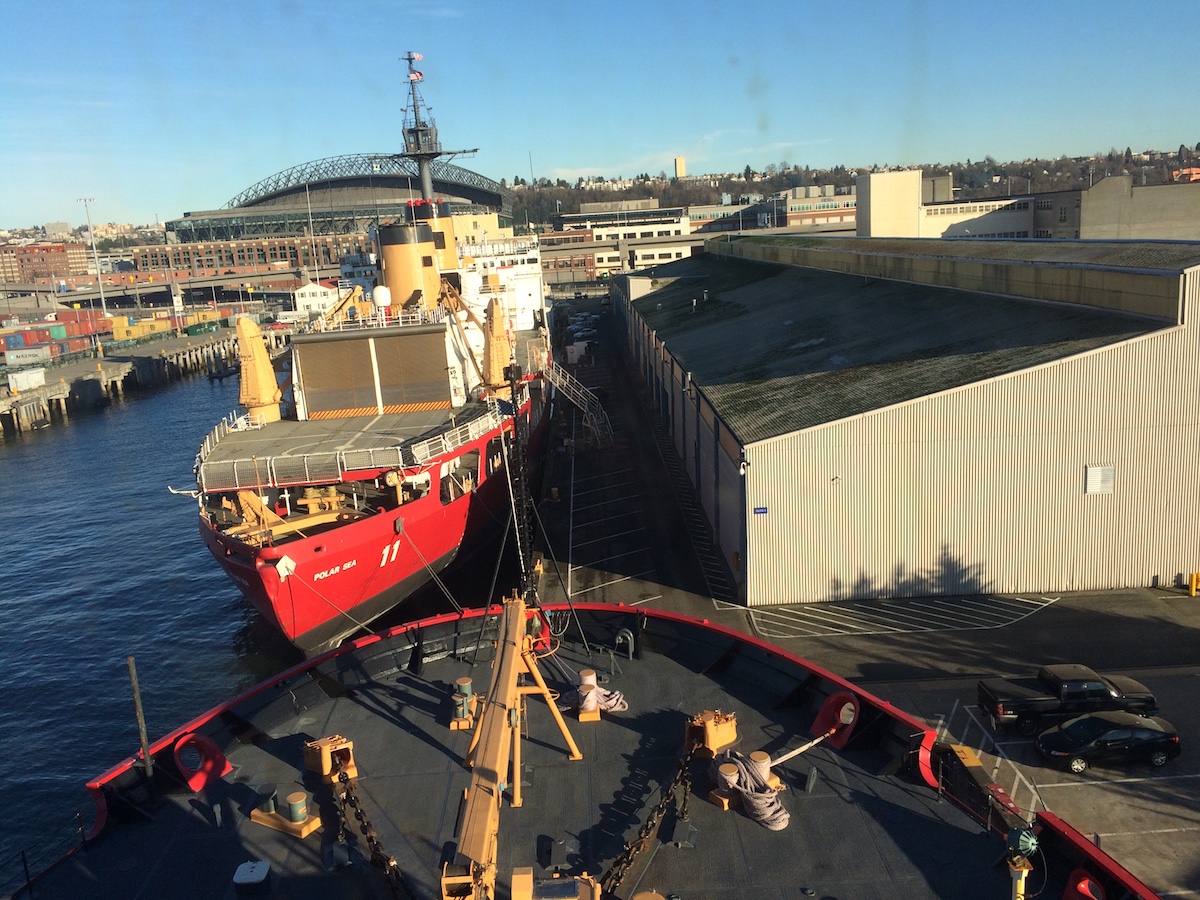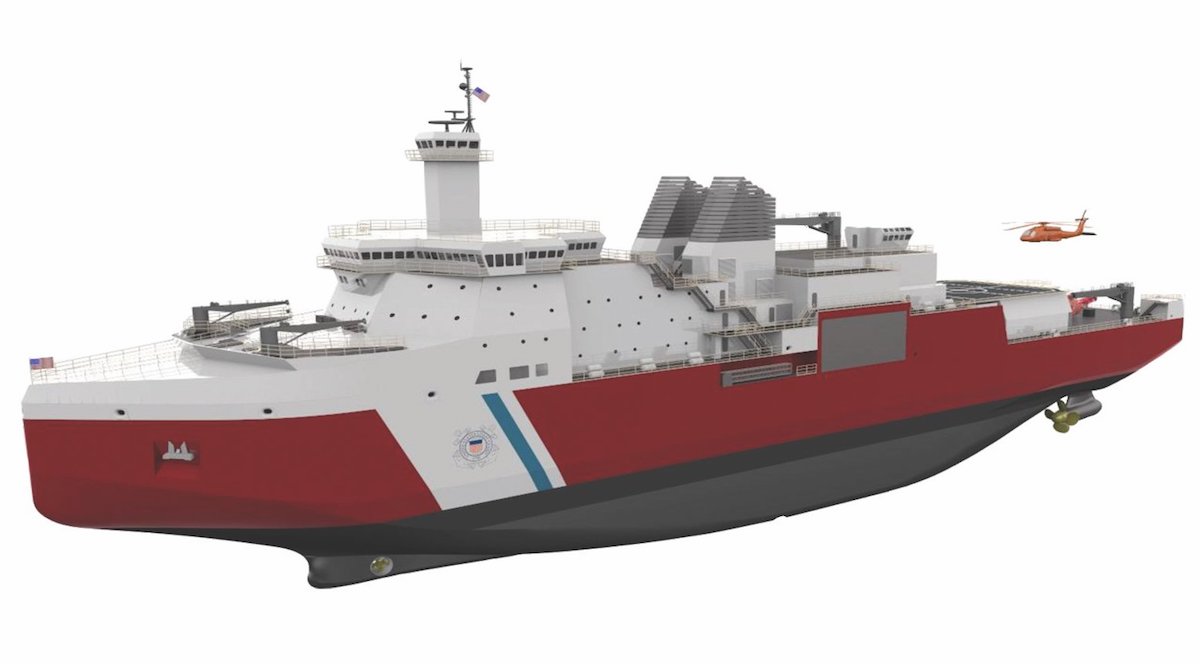New US icebreaker to be based in Seattle
Stationing the vessel in the north Pacific places it at mid-point of sorts between the North and South poles.

The first heavy icebreaker to be taken into service by the U.S. Coast Guard since the 1970s will be be home-ported in Seattle, Washington, the Coast Guard announced Monday. Two subsequent icebreakers, if built, will also be based in Seattle.
“The Pacific Northwest has been the home of our icebreaking fleet since 1976, and I am confident that the Seattle area will continue to provide the support we need to carry out our critical operations in the polar regions,” said Adm. Karl Schultz, commandant of the Coast Guard, in a statement.
The Polar Star, which was built in Seattle the same year the city was chosen as the home port, and the Healy, which was built in New Orleans, are both home-ported in Seattle. The Polar Sea is mothballed in Seattle, but after being sidelined in 2010 after engine issues, it is used as a “parts donor” for the Polar Star, its sister ship.
The first new heavy icebreaker in four decades will be built in Pascagoula, Mississippi, by VT Halter. That contract includes options for two additional vessels.

In its announcement on Monday, the Coast Guard highlighted the importance of projecting “American presence in the high latitudes.” The Seattle port serves as a midpoint of sorts between the North and South poles.
But the new heavy icebreaker will spend much of its time on missions to and from Antarctica, rather than in the Arctic.
“The first polar security cutter is going to go down and break up McMurdo Station,” Schultz said at the Sea-Air-Space maritime exposition last month, referring to the primary U.S. research facility on Antarctica. “It’s the second and third hulls, or subsequent hulls, that give us some increased presence in the high-latitude region,” he said.
Schultz added that he hopes to find funding for the additional vessels beginning with the 2021 budget.
“Presence equals influence up there. When we’re not there, others are,” he said. “There’s increasing activity in high-latitude regions.”
[The only working US heavy icebreaker catches fire returning from Antarctica]
Alaska Senator Lisa Murkowski, a Republican, told ArcticToday earlier this year that “there is a very, very, very high likelihood that we will not see this new icebreaker in the Arctic.”
In order to fulfill its contract with McMurdo Station, she said, “we are going to see this vessel down in the South Pole and not at the North Pole.”
If an issue were to arise in the Arctic and the new icebreaker were available, it would respond. But it’s not easy to move a vessel from Antarctica up to the Arctic, Murkowski pointed out.
“If you’ve ever taken a long cruise, make it the full length of the globe, plus put heavy ice in front of you, and then figure out how many times you want to transit that,” she said.
“We need to make these vessels last. And the way to do it is not to be transiting between the North and South Poles on an every-year basis.”